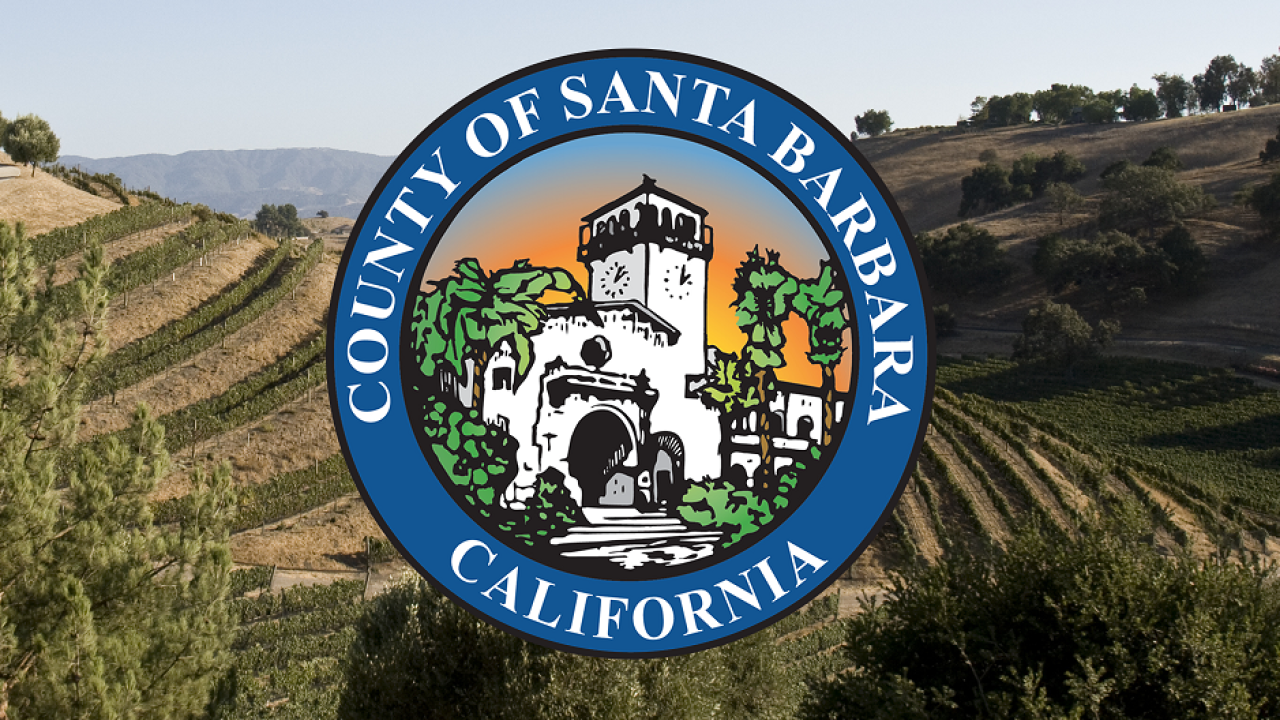A Unified Command of agencies is continuing to investigate and monitor petroleum sheens off Summerland Beach in Santa Barbara County.
Lab results from multiple locations on and off the shore indicate the product is consistent with local natural seep oil.
There are an estimated 200 legacy wells near Summerland Beach. While lab results indicate that the product is consistent with seep activity, it’s possible that one or more of those wells could also be a factor.
The wells, which were drilled in the late 1800s and early 1900s and never properly abandoned, are believed to be relatively shallow compared to modern wells, which makes it nearly impossible to distinguish the oil from natural seepage in the area.
The State Lands Commission (CSLC) is investigating whether one of the legacy wells is discharging petroleum.
They will have crews and divers survey the area and continue work on legacy wells that require remediation as funding allows. In recent years, the Commission has properly abandoned four legacy wells with state funding from SB 44 (Jackson, 2017).
Unprecedented high storm surge in recent weeks has eroded large amounts of sand at Summerland Beach. The extreme weather and tidal activity may have affected this incident, according to the Unified Command.
With confirmed lab results of natural seep oil and CSLC continuing their investigation of a potential legacy well discharge, the Unified Command will demobilize and return to normal agency operations. Through its Legacy Well Program, the SLC will be the lead agency for ongoing monitoring and investigation at Summerland Beach.
Shoreline assessment crews continue to monitor the beaches for environmental and wildlife impacts. One oiled bird was recovered by wildlife reconnaissance crews, but it's unknown if the bird was impacted by this incident.
Cleanup contractors were on-site in the initial days of the incident and have been on standby. The oil observed is not recoverable at this time. Agencies will continue to monitor the beach and offshore waters.
Air monitoring has been conducted by the Santa Barbara County Air Pollution Control District and levels have not reached the threshold of being a risk to the public. Air monitoring efforts will continue into next week to ensure public safety.
The Unified Command consists of the U.S. Coast Guard, the California Department of Fish and Wildlife’s Office of Spill Prevention and Response (CDFW-OSPR), and the Santa Barbara County Fire Department. The lab analysis was conducted by CDFW-OSPR.


